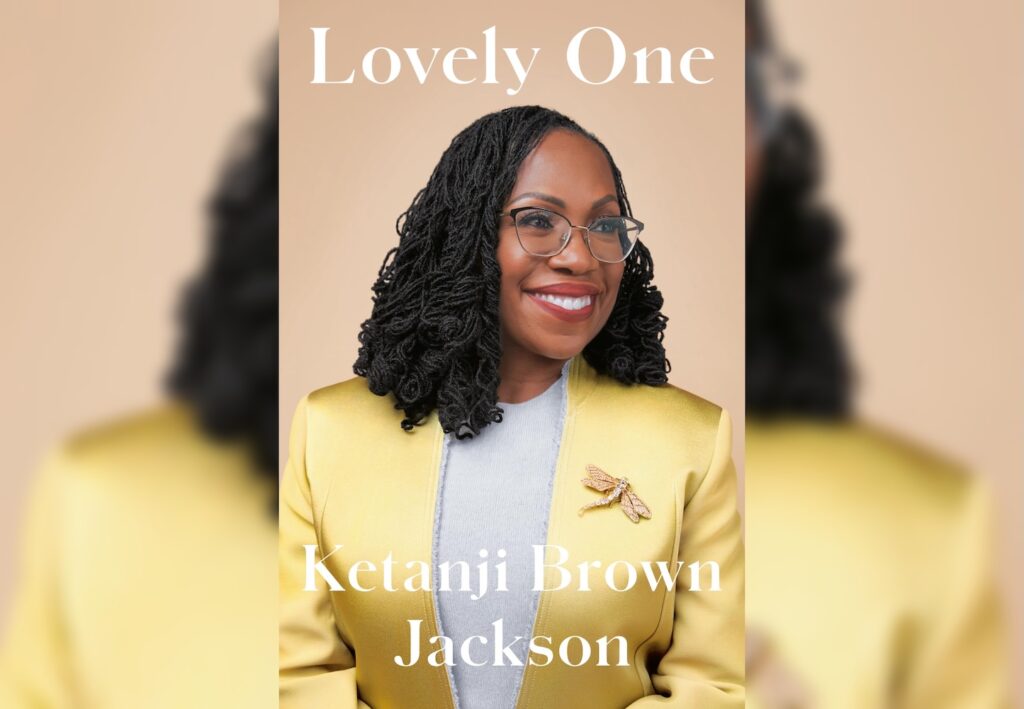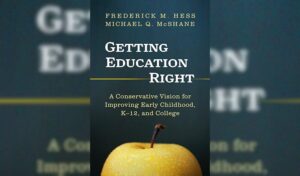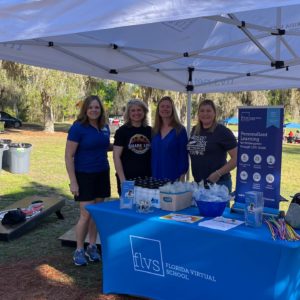Supreme Court Justice Jackson’s family story makes powerful case for school choice
In her new memoir Lovely One (Random House 2024), Supreme Court Justice Ketanji Brown Jackson shares the story, equal parts heartbreaking and heartwarming, of her eldest daughter Talia’s struggle…

In her new memoir Lovely One (Random House 2024), Supreme Court Justice Ketanji Brown Jackson shares the story, equal parts heartbreaking and heartwarming, of her eldest daughter Talia’s struggle with education and autism.
Her experience of several different schools and learning models before finding the right setting is a powerful testament to the transformational power of school choice.
The first hints of Talia’s troubles came at her elite, private pre-school, where she had trouble making friends, perceiving social cues, and transitioning between activities. After another parent made a viciously cutting comment at pick-up one day, Jackson and her husband moved Talia to another pre-school, an “inclusive, innovative program in northwest Washington.” As a mom, Jackson relates that it “made me ache with regret that this hadn’t been Talia’s first school,” given “the warmth and attentiveness of her teachers, along with the administration’s commitment to diversity.”
Yet Talia’s challenges persisted, until things reached a whole new level of seriousness when she experienced her first recognized seizure, resulting in a trip to the ER. This caused Jackson to see her daughter’s neurological issues in a new light, and “after I had spent many long nights researching theories and therapies,” she realized “that Lowell, with its progressive, self-motivated, group-centered approach to learning, might be the wrong environment for her.”
Now in 4th grade, Talia moved to an Episcopal school that was “traditionally structured” with a “curriculum [that] emphasized academic rigor.” Her parents hoped, for instance, that school uniforms might help Talia’s socialization, as previously she wore outfits that never matched and thus highlighted her uniqueness. Talia was clearly a bright child, yet this school’s studious focus still failed to fit Talia’s needs.
“Rather than helping, the academic rigor that was a feature of her new school actually made everything much worse,” to the point where “I grew to dread the sight of another email from her teacher rolling into my inbox; I knew before looking that it was unlikely to be about anything good. By Thanksgiving, we’d waved the white flag, surrendering to the evidence that a highly structured mainstream academic setting was not the right environment for Talia either.”
They decided to homeschool for the rest of the year, a joint effort of Jackson’s husband and their au pair. Then their therapist suggested an “independent day-school offering a specialized program for intellectually engaged students with social and communication challenges.” The Auburn School emphasized students’ happiness and set high goals for their performance. “Auburn quite literally saved us … the school turned out to be the exact right place for Talia and our family to begin to heal from the trauma of her mainstream school experiences.”
Thankfully, the Jacksons were able to afford private schools for Talia, though not without sacrifice. Her mom was then an assistant public defender in D.C., her father a junior professor at Georgetown’s teaching hospital. She left the public service job she loved for a large law firm to earn more, in part to pay the private school tuition needed for her daughters.
Talia’s journey ends in success: she graduated from high school and headed off to “a well-regarded private liberal arts college” whose “relatively small size and the accommodations it offered to students who were neurodiverse made it seem a good fit.”
When her mother asked if she’d be comfortable with the media attention that would focus on their family if she were nominated to the high court, Talia responded, “I actually think it’s important for us not to try to hide my diagnosis or the struggles I had in school. I mean, other families also deal with this.”
Indeed, many other families deal with the challenges of neurodiverse kids forced into traditional school structures made for neurotypical students. Her daughter’s story of tragedy and triumph is a moving reminder that we need an educational landscape as diverse as our students, and parents empowered and financially enabled to choose among those options to find the best fit for their child.



